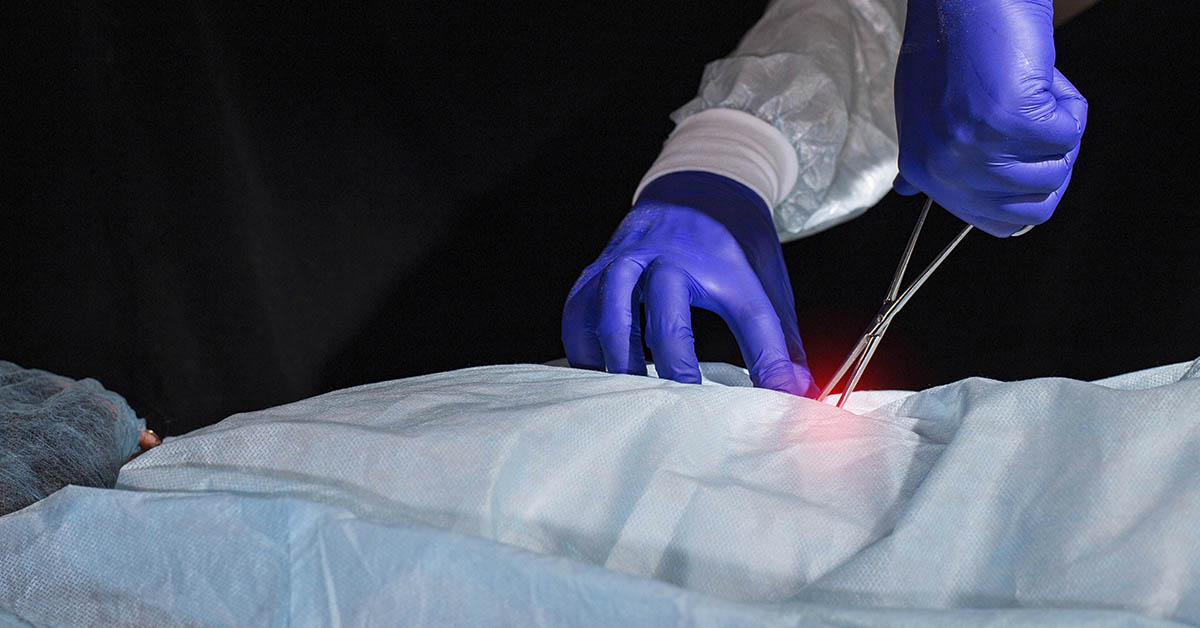Gert-Jan Oskam resided in China when he experienced a motorcycle accident that resulted in paralysis from the waist down. However, scientists have now granted him regained control over his lower body using a combination of innovative devices.
During a press briefing on Tuesday, Mr. Oskam expressed, “For 12 years, I have been striving to regain the use of my legs. Now, I have acquired the ability to walk naturally and normally.” In a recent publication in the journal Nature, Swiss researchers detailed the development of implants that acted as a “digital bridge” between Mr. Oskam’s brain and his spinal cord, circumventing the damaged areas.
This breakthrough allowed the 40-year-old to stand, walk, and even navigate a steep incline with the assistance of a walker. Remarkably, Mr. Oskam has retained these newfound abilities over a year after the implantation. And has exhibited signs of neurological recovery, as he can now walk with crutches even when the implant is deactivated.
Specialists commented on how the brain implants have paved a pathway to success
During the press briefing, Grégoire Courtine, a spinal cord specialist from the Swiss Federal Institute of Technology, Lausanne, who played a crucial role in the research, explained, “We have successfully decoded Gert-Jan’s thoughts and translated them into stimulation of the spinal cord. Thereby restoring voluntary movement.”
Jocelyne Bloch, a neuroscientist from the University of Lausanne who performed the implant surgery on Mr. Oskam, added, “Initially, it felt like something out of science fiction to me. But today it has become a reality.”

Steadily moving forward, spinal cord injury treatments have superseded expectations
In recent decades, significant progress has been made in the field of technological treatments for spinal cord injuries. In 2016, under the leadership of Dr. Courtine, a team of scientists achieved a groundbreaking feat by restoring the ability to walk in monkeys that were paralyzed. Similarly, another team enabled a man to regain control of his paralyzed hand.
Continuing this trend, in 2018, Dr. Courtine and his team and other researchers developed a method to stimulate the brain using electrical-pulse generators. This innovative approach allowed individuals with partial paralysis to walk and ride bicycles once again.
Building upon these achievements, last year saw even more advanced brain stimulation techniques that enabled paralyzed subjects to swim, walk, and cycle. All within a single day of treatment. The relentless efforts and advancements in this field are providing renewed hope and possibilities for individuals affected by spinal cord injuries.
Read: He was the first paralyzed human to be treated with stem cells and regained upper body movement.
Initially, results hit a certain point and recovery just stopped. But this has all changed for Gert-Jan Oskam with these new brain implants
In previous years, Mr. Oskam had undergone stimulation procedures that had yielded some improvements in his ability to walk. However, his progress eventually reached a plateau. During the press briefing, Mr. Oskam expressed his dissatisfaction with the previous stimulation technologies. Stating that they made him feel a sense of foreignness in his movements. Thus creating a disconnect between his mind and body.
The new interface, he noted, changed this dynamic. He explained, “The previous stimulation was controlling me, and now I’m controlling the stimulation.” In the recently conducted study, researchers implemented a brain-spine interface, which made use of an artificial intelligence thought decoder.
This decoder analyzed the electrical signals in Mr. Oskam’s brain, representing his intentions, and matched them to corresponding muscle movements. The entire natural process of movement, from thought to intention to action, was preserved. The only addition, as Dr. Courtine described it, was the digital bridge that spanned the injured parts of Mr. Oskam’s spinal cord.

Neuroscientists are blown away
Andrew Jackson, a neuroscientist from Newcastle University not involved in the study, remarked, “It raises interesting questions about autonomy and the source of commands. It continues to blur the philosophical boundary between what constitutes the brain and what constitutes the technology.”
Dr. Jackson further emphasized that scientists in the field had been speculating about connecting the brain to spinal cord stimulators for decades. This achievement marked the first time they had accomplished such success in a human patient. “It’s easy to say; it’s much more difficult to do,” he added.
The key word here is electrodes – but how do they work?
The researchers initially implanted electrodes in Mr. Oskam’s skull and spine to achieve these remarkable results. They then utilized a machine-learning program to observe the brain’s activity as he attempted to move various parts of his body.
This thought decoder was capable of associating specific intentions with the activity of certain electrodes. For example, a particular configuration would activate when Mr. Oskam tried to move his ankles, while another configuration would respond to his attempts to move his hips.
Using an algorithm, the researchers established a connection between the brain and spinal implants. The spinal implant transmitted electrical signals to different body parts, initiating movement. The algorithm accounted for slight variations in muscle contractions and relaxations, adapting strategies every 300 milliseconds based on what was effective. Mr. Oskam could already move his hip muscles in the first treatment session.
From there on, he was closely monitored and made alterations to ensure the brain implants were in fact improving the patient’s mobility

Over subsequent months, the researchers refined the brain-spine interface to facilitate basic actions like walking and standing. Mr. Oskam developed a more natural gait, easily navigating steps and ramps, even without ongoing treatment.
After a year, he observed significant improvements in weight-bearing, balance and walking without relying on the brain-spine interface. These advancements were documented through various tests. Presently, Mr. Oskam can walk within his home, get in and out of a car, and stand at a bar. A newfound sense of control he had never experienced before.
The researchers acknowledged certain limitations. Distinguishing subtle intentions in the brain poses challenges, and while the current brain-spine interface is suitable for walking, it may not be as effective in restoring upper body movement. The treatment requires invasive surgeries and extensive physical therapy. It’s important to note that the current system does not address all forms of spinal cord paralysis.
Nevertheless, the team remains hopeful that future advancements will make the treatment more accessible and consistently effective worldwide. Dr. Courtine expressed their ultimate goal: “to make this technology available across the world for all the patients who need it.”
Keep Reading: Nine People With Paralysis Walk Again As a Result of New Discovery
Sources
- “Paralyzed Man Can Walk Naturally Again With Brain and Spine Implants.” NY Times. Oliver Whang.
- “Brain implants help paralysed man to walk again.” BBC. Pallab Ghosh. May 25, 2023
- “Walking naturally after spinal cord injury using a brain–spine interface.” Nature. Henri Lorach, Andrea Galvez. May 24, 2023

